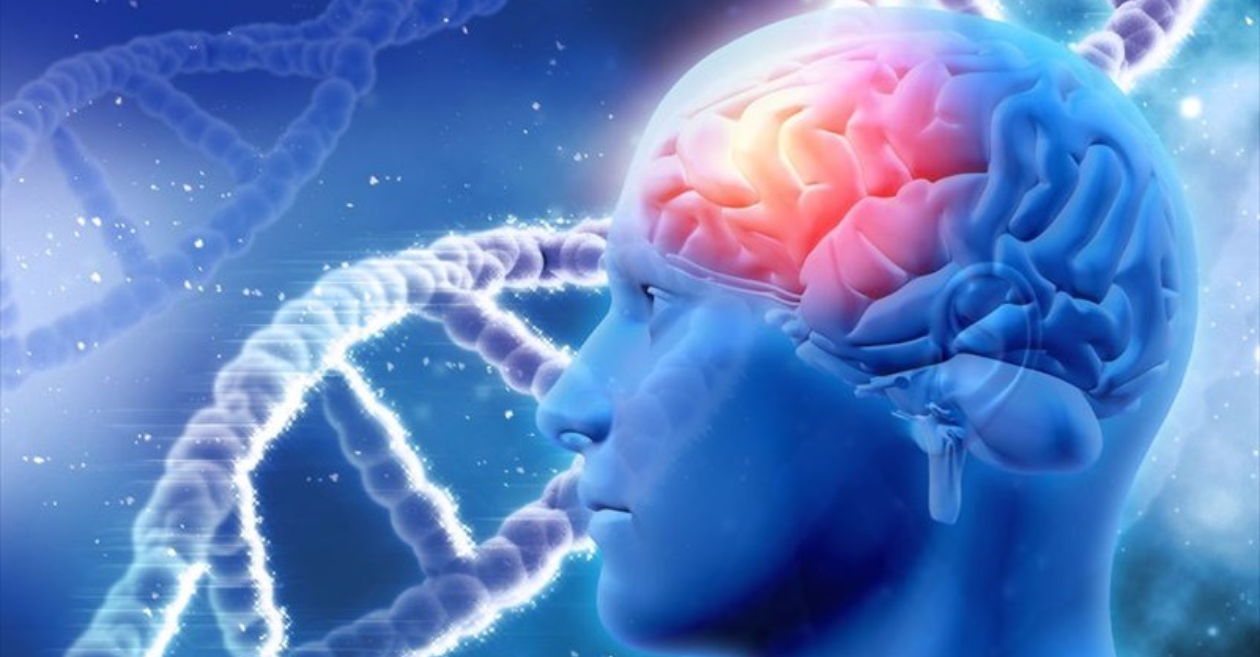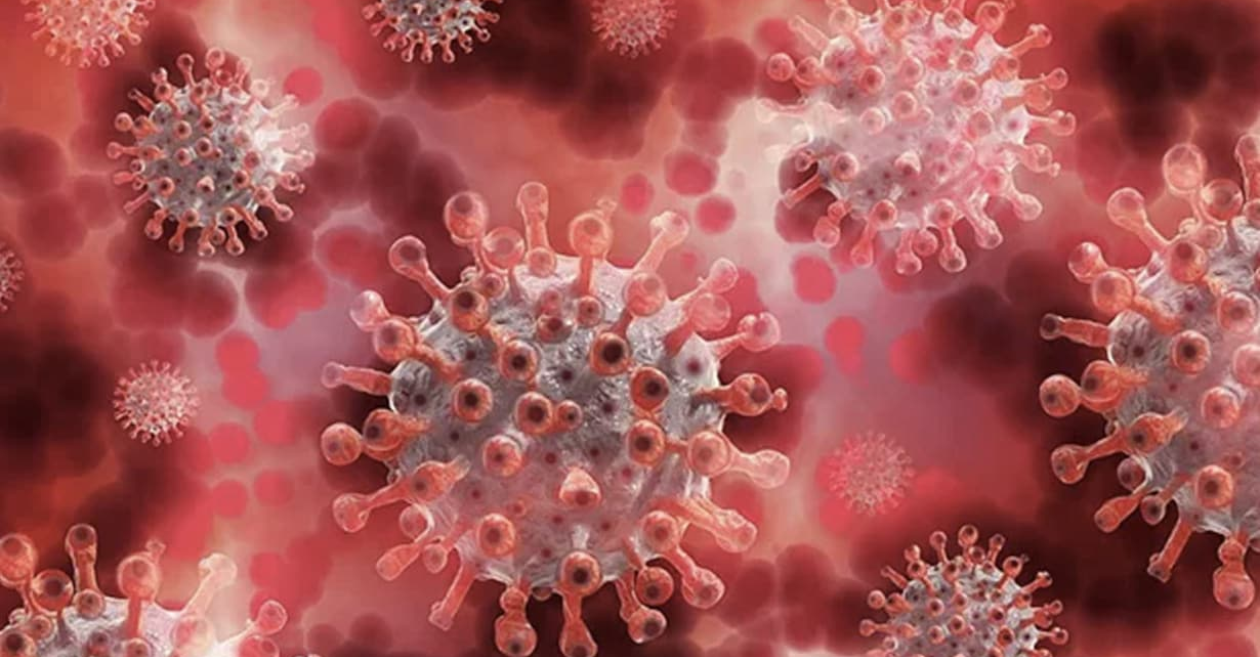

.webp)
In a world where health takes center stage, it's crucial to decipher the subtle signals our bodies send us. One such condition that often eludes diagnosis due to its myriad presentations is Celiac Disease. Unraveling the mystery behind this autoimmune disorder requires a keen understanding of its most common symptoms. Let's dive into the world of Celiac Disease and shed light on the key indicators that should not be ignored.
People Also Read: Who is the no 1 Richest Actor in the World
Before delving into symptoms, it's essential to comprehend what Celiac Disease is. This autoimmune disorder primarily affects the small intestine, triggered by the ingestion of gluten, a protein found in wheat, barley, and rye. Gluten sets off an immune response in individuals with Celiac Disease, damaging the small intestine's lining and impeding nutrient absorption.
Chronic Diarrhea: One of the hallmark symptoms, persistent diarrhea is often a red flag for Celiac Disease.
Abdominal Pain and Bloating: Unexplained stomach discomfort, coupled with bloating, can signal underlying gastrointestinal issues.
Constipation: Contrary to diarrhea, some individuals with Celiac Disease experience chronic constipation, highlighting the variability in symptoms.
Unexplained Weight Loss: Celiac Disease can lead to malabsorption, resulting in weight loss despite adequate food intake.
Weight Gain: On the flip side, some individuals may gain weight due to heightened inflammation and water retention.
Chronic Fatigue: Persistent tiredness that doesn't improve with rest can be a manifestation of Celiac Disease.
Weakness: Weakness and lethargy may accompany fatigue, impacting daily activities and quality of life.
| Symptom | Percentage of Celiac Patients Reporting |
| Chronic Diarrhea | 70% |
| Abdominal Pain/Bloating | 65% |
| Unexplained Weight Loss | 30% |
| Fatigue | 75% |
Surprisingly, Celiac Disease isn't always accompanied by noticeable symptoms. A significant number of individuals may have the condition without displaying overt signs. This underscores the importance of screening, especially for those with a family history of the disease.
Celiac Disease shares symptoms with various other gastrointestinal disorders, making accurate diagnosis challenging. Conditions like irritable bowel syndrome (IBS), Crohn's disease, and lactose intolerance may mimic Celiac Disease symptoms, emphasizing the need for thorough medical evaluation.
If you suspect Celiac Disease based on the symptoms discussed, it's imperative to consult a healthcare professional. Diagnosis involves blood tests to detect specific antibodies associated with Celiac Disease and, if necessary, a small intestine biopsy for confirmation.
Upon diagnosis, the primary treatment for Celiac Disease is adopting a strict gluten-free diet. This involves eliminating all sources of gluten, including wheat, barley, and rye. Consultation with a registered dietitian is invaluable for crafting a nutritionally balanced gluten-free meal plan.
Understanding the most common symptoms of Celiac Disease is a crucial step in early detection and management. Whether it's gastrointestinal distress, weight fluctuations, or inexplicable fatigue, recognizing these signals empowers individuals to seek timely medical intervention. By shedding light on Celiac Disease's most prevalent symptoms, we hope to contribute to a healthier, informed community, paving the way for a brighter, symptom-free future.
The most common symptoms of Celiac Disease include chronic diarrhea, abdominal pain, bloating, unexplained weight loss, fatigue, and weakness.
Yes, individuals with Celiac Disease may experience unexplained weight loss due to malabsorption, while others might gain weight due to inflammation and water retention.
Yes, a significant number of people with Celiac Disease may be asymptomatic, emphasizing the importance of screening, especially for those with a family history of the disease.
Diagnosis involves blood tests to detect specific antibodies associated with Celiac Disease. If necessary, a small intestine biopsy may be conducted for confirmation.
The primary treatment for Celiac Disease is adopting a strict gluten-free diet. This entails eliminating all sources of gluten, including wheat, barley, and rye. Consultation with a registered dietitian is recommended for crafting a balanced gluten-free meal plan.

Looking to shed some extra pounds? Op

Alzheimer's is like an unwanted visit

In the expansive realm of healthcare,

Disease X is a mysterious term in the

Anxiety is a feeling of fear, dread,

In the realm of health, few challenge
Trash to treasure: How Google thinks
Spring Fashion Show at the University
Matter of Impact: April updates from
Android Enterprise security delivers
We are not gonna make spamming
Copyright By@TheWebTrends - 2023
BACK TO TOP